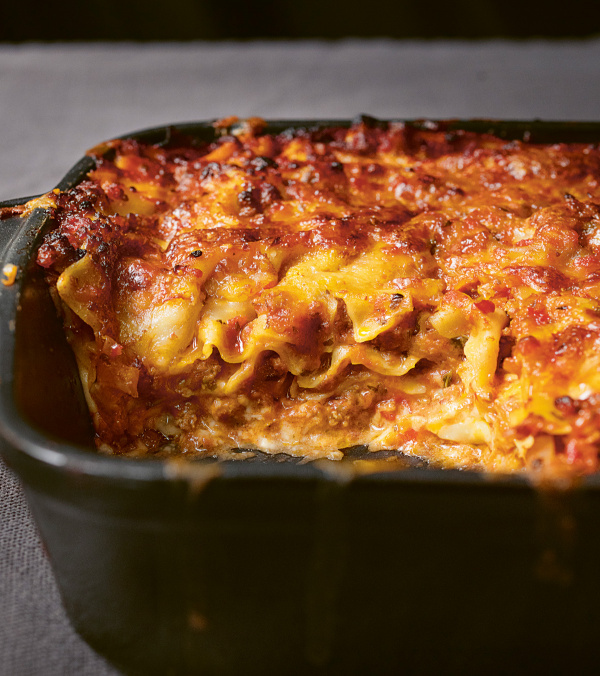Yakhni Mutton Pulao
A community recipe by hobbycookNot tested or verified by Nigella.com
Introduction
Yakhni is the Kashmiri word for mutton stock. So, this is really a mutton pilaf (or pulao) cooked in mutton stock. It was the standard rice dish at all parties and gatherings at my aunty's house but it tastes so good there were no complaints and certainly no leftover. This takes a long time to prepare but the taste makes it well worth the wait.
Yakhni is the Kashmiri word for mutton stock. So, this is really a mutton pilaf (or pulao) cooked in mutton stock. It was the standard rice dish at all parties and gatherings at my aunty's house but it tastes so good there were no complaints and certainly no leftover. This takes a long time to prepare but the taste makes it well worth the wait.
Share or save this
Ingredients
Serves: 5-6
- 1 kilogram mutton (bone in, from the shoulder or leg, cut into pieces)
- 3 tablespoons oil (or ghee)
- 200 grams natural yogurt
- 500 grams basmati rice
- 1½ teaspoons salt
- 2 large onions (cut into thick slices - 3-4mm)
- 1 fresh ginger (thumb-sized)
- 8 cloves garlic
- 1 tablespoon cumin seeds
- 1 tablespoon coriander seeds
- ½ teaspoon white peppercorns
- 8 cloves
- 5⅛ centimetres cinnamon sticks (broken into 3-4 pieces)
- 2 black cardamom (crushed gently with the side of a knife)
- 2 bay leaves
- 2⅕ pounds mutton (bone in, from the shoulder or leg, cut into pieces)
- 3 tablespoons oil (or ghee)
- 7 ounces natural yogurt
- 17⅔ ounces basmati rice
- 1½ teaspoons salt
- 2 large onions (cut into thick slices - 3-4mm)
- 1 fresh gingerroot (thumb-sized)
- 8 cloves garlic
- 1 tablespoon cumin seeds
- 1 tablespoon coriander seeds
- ½ teaspoon white peppercorns
- 8 cloves
- 2 inches cinnamon sticks (broken into 3-4 pieces)
- 2 black cardamom (crushed gently with the side of a knife)
- 2 bay leaves
Method
Yakhni Mutton Pulao is a community recipe submitted by hobbycook and has not been tested by Nigella.com so we are not able to answer questions regarding this recipe.
You will need a 10-inch square piece of clean muslin cloth.
You will need a 10-inch square piece of clean muslin cloth.
Additional Information
I have made this pulao with lean pork and beef cuts, increasing the cooking time of the meat as necessary. The yoghurt acts as a meat tenderiser. If you like, you can use lamb instead of mutton but will need to reduce the cooking time considerably. In this case, you should return the bones to the casserole dish after removing the flesh and cook for another half an hour to improve the flavour of the stock. Then proceed as in the recipe.
I have made this pulao with lean pork and beef cuts, increasing the cooking time of the meat as necessary. The yoghurt acts as a meat tenderiser. If you like, you can use lamb instead of mutton but will need to reduce the cooking time considerably. In this case, you should return the bones to the casserole dish after removing the flesh and cook for another half an hour to improve the flavour of the stock. Then proceed as in the recipe.






Tell us what you think
Thank you {% member.data['first-name'] %}.
Explore more recipesYour comment has been submitted.